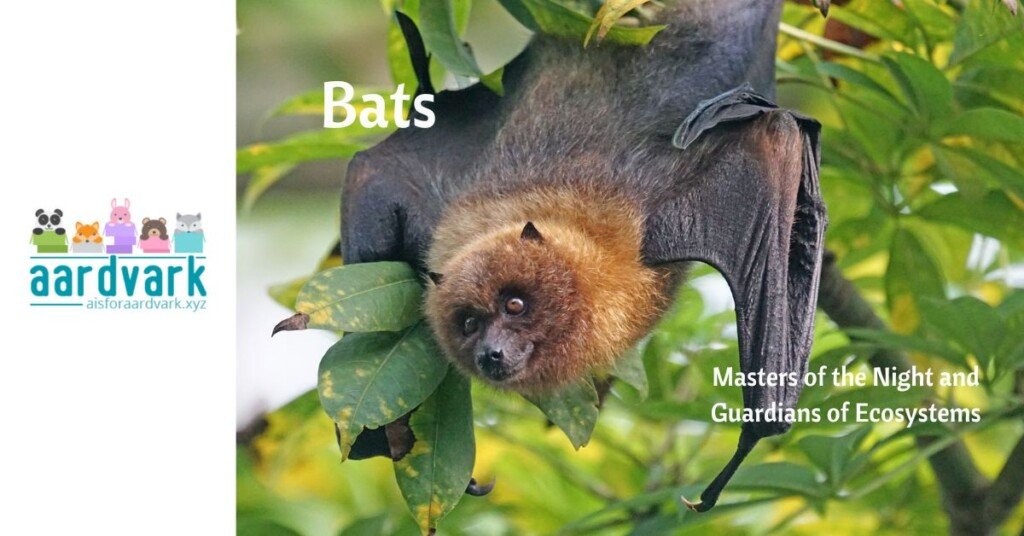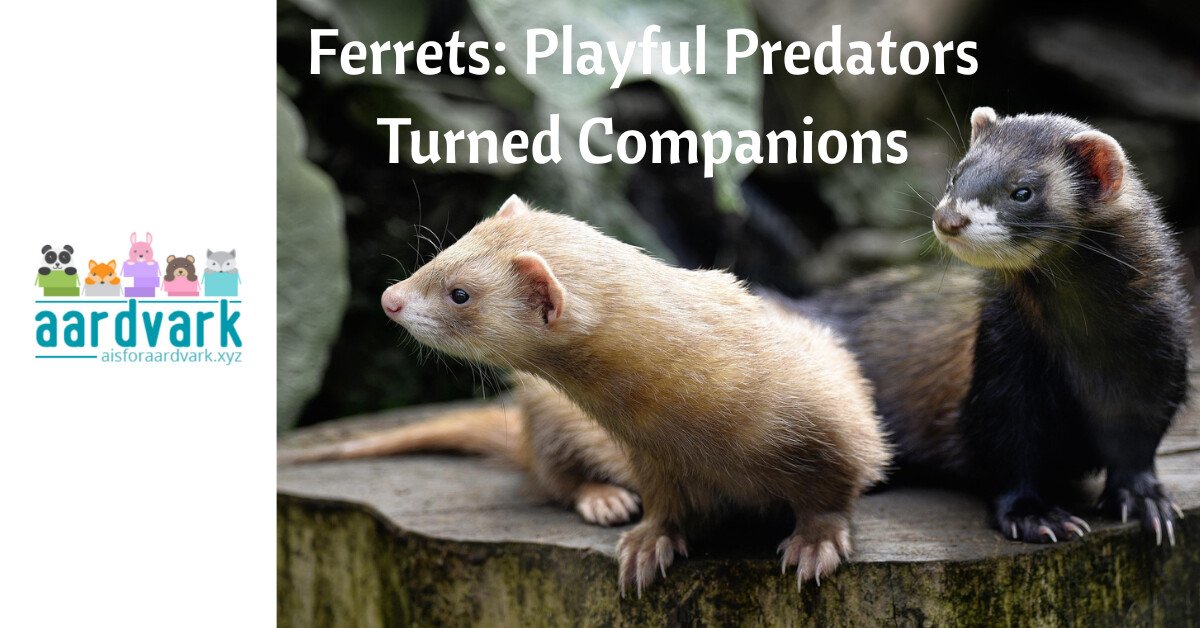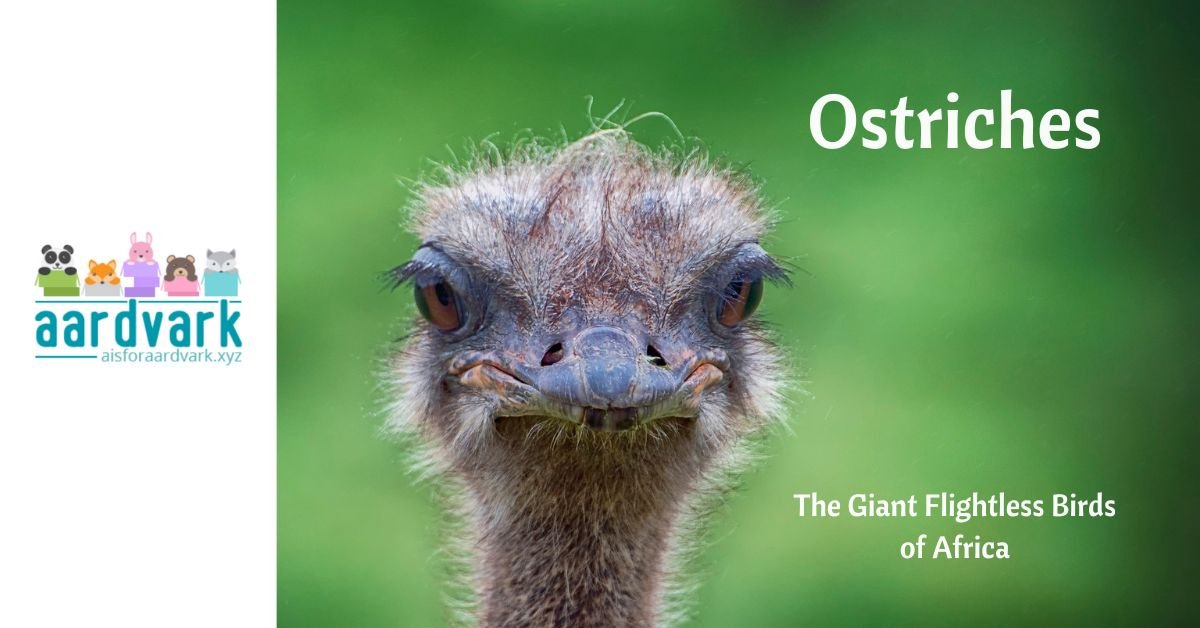Bats are fascinating creatures – they’re mammals, but they fly; they incite fear in many but play a crucial role in the environment. There are over 1,400 species of bats worldwide. That means they account for nearly 20% of all mammal species!
These winged creatures are found on every continent except Antarctica. They thrive in habitats ranging from dense forests to arid deserts. They make vital contributions to ecosystems like pest control and pollination. They’re still often misunderstood and shrouded in myths, which has fueled both fear and admiration for these nocturnal creatures.
Taxonomy and Species Diversity
Bats belong to the order Chiroptera, which is divided into two suborders:
- Megabats (Megachiroptera): These fruit-eating bats, such as flying foxes, are primarily found in tropical regions and are known for their large size and reliance on sight and smell for navigation.
- Microbats (Microchiroptera): Smaller insectivorous bats that use echolocation to hunt in the dark. This group includes most bat species and displays remarkable diversity in size, diet, and behavior.
The variety within Chiroptera ranges from the tiny bumblebee bat, weighing just 2 grams, to the enormous flying fox, with a wingspan of up to 6 feet (1.8 meters).
Physical Characteristics of Bats
Bats’ unique anatomy is the key to their flight abilities and ecological success. Their wings are essentially modified hands, with elongated fingers connected by a thin, flexible membrane called the patagium. This structure allows for precise control during flight, enabling bats to hover, dive, and maneuver effortlessly.
In microbats, echolocation is a defining trait. By emitting high-frequency sounds and interpreting the returning echoes, bats can navigate complex environments and hunt their prey (normally insects) with pinpoint accuracy.
However, many people may not realize that not all bats use this “radar.” Megabats have keen eyesight and a strong sense of smell. They use these to locate fruit and nectar.
Habitat and Distribution
Bats are found in nearly every part of the world, thriving in habitats ranging from tropical rainforests and savannas to deserts and urban areas. Their adaptability allows them to occupy diverse environments, with some species roosting in caves, trees, or rock crevices. In contrast, others take shelter in buildings or under bridges. Tropical regions host the highest diversity of bats, with species like fruit bats and nectar-feeding bats playing key roles in pollination and seed dispersal.
In temperate regions, bats often enter hibernation or migrate during colder months when food becomes scarce. Roosting sites are critical to their survival, as they provide shelter and a safe place for resting, raising young, or hibernating. Some species, like the little brown bat, rely heavily on caves for winter hibernation. At the same time, other kinds may seek hollowed trees or foliage.
Diet and Feeding Habits
Bats have one of the most diverse diets among mammals.
Most microbats are insectivorous, consuming vast quantities of insects each night, which makes them invaluable for controlling pest populations. A single bat can eat up to 1,000 insects in an hour, benefiting agriculture by reducing the need for chemical pesticides.
Megabats, on the other hand, primarily feed on fruit, nectar, and pollen. These bats are important pollinators and seed dispersers for plants in tropical and subtropical ecosystems. Species like the lesser long-nosed bat are responsible for pollinating agave plants, essential for tequila production. Flying foxes help regenerate forests by spreading seeds over large distances.
Some bats have specialized diets. Vampire bats, found in Central and South America, feed on the blood of other animals. But their reputation often overshadows their ecological importance. Vampire bats usually target livestock and wildlife, and their saliva contains anticoagulants that are studied for medical applications. We’ll talk about them more below!
Reproduction and Lifecycle
Bats have unique reproductive strategies, often influenced by their environment and food availability.
Most species are seasonal breeders, with mating occurring in late summer or autumn. Some bats, like the little brown bat, exhibit delayed fertilization, where sperm is stored until spring, ensuring the birth of pups aligns with peak food abundance. Female bats typically give birth to one pup yearly, although some species may have twins.
After birth, pups are nursed and cared for in nursery colonies, where mothers recognize their young through vocalizations and scent. Pups develop quickly, gaining independence within a few weeks to months, depending on the species.
Bats’ relatively low reproductive rates make them vulnerable to population declines. Since they usually only give birth to one or possibly two offspring at a time, they cannot recover quickly from significant losses.
Behavior and Social Structure
Bats exhibit a wide range of behaviors, from solitary lifestyles to highly social colonies. Many species roost in large groups, which provide protection from predators and better thermoregulation. Within colonies, bats communicate through vocalizations, echolocation clicks, and even ultrasonic songs, conveying information about territory, mating, or group dynamics.
Behavioral adaptations like torpor and hibernation help bats survive in regions with seasonal food shortages. During hibernation, their metabolic rates decrease significantly, conserving energy until resources become available. Migratory species, such as the hoary bat, travel thousands of miles to find suitable habitats.
Vampire Bats: Myths and Reality
Vampire bats have long been shrouded in myths, often depicted as dangerous creatures in folklore and media. In reality, only three species of bats are true vampires, feeding exclusively on blood, and they reside in the Americas.
Contrary to popular belief, vampire bats rarely pose a threat to humans. Instead, they target livestock or wildlife. They use their sharp teeth to make small, painless incisions while their saliva prevents clotting, allowing them to feed.
Despite their fearsome reputation, vampire bats play an essential role in ecosystems by controlling populations of larger animals and recycling nutrients. Their anticoagulant saliva has also been studied for potential medical applications, including treatments for strokes and blood clots.
Bats and Human Interaction
Bats have a complex relationship with humans, ranging from reverence in some cultures to fear and misunderstanding in others. In many indigenous traditions, bats symbolize rebirth and transformation, primarily based on their nocturnal habits and role in maintaining ecological balance. However, Western folklore and modern media often depict bats as harbingers of darkness or danger, contributing to negative perceptions.
Despite these misconceptions, bats provide invaluable services to human populations. Insectivorous bats save billions of dollars annually in pest control for agriculture by consuming crop-damaging insects. Pollinating bats support the reproduction of plants like agave and bananas, vital to food systems and economies. Also, bats inspire technological advancements, including echolocation-inspired innovations in robotics and navigation.
However, bats have also been linked to the spread of zoonotic diseases, such as rabies and viruses like Nipah and SARS-related coronaviruses. However, human activities like habitat destruction and wildlife trade increase the likelihood of these diseases spilling over, not the bats themselves. Conservation and responsible human interactions are key to minimizing risks while preserving the benefits bats provide.
Conservation and Threats
Bat populations face numerous threats, including habitat destruction, pesticide use, climate change, and disease. One of the most significant challenges is white-nose syndrome. This fungal disease has devastated bat populations in North America. This disease has killed millions of hibernating bats. Additionally, habitat loss from deforestation and urban expansion disrupts their roosting and foraging sites, reducing their populations.
Conservation efforts focus on habitat protection, research, and public education. Protecting caves and forests, creating artificial roosting structures, and reducing pesticide use are practical steps to support bat populations. Organizations also work to combat white-nose syndrome by studying its spread and developing treatment methods.
Education plays a crucial role in changing public perceptions of bats. Conservationists aim to build appreciation and support for these remarkable creatures by highlighting their ecological importance and addressing myths.
Bats are extraordinary mammals that play indispensable roles in ecosystems worldwide. From pest control and pollination to seed dispersal, their contributions benefit natural environments and human agriculture. Protecting these creatures requires scientific research, habitat preservation, and public education to ensure they continue to thrive. By embracing their uniqueness and understanding their role in biodiversity, we can foster coexistence with these remarkable animals for generations.







